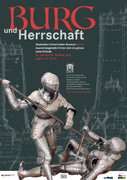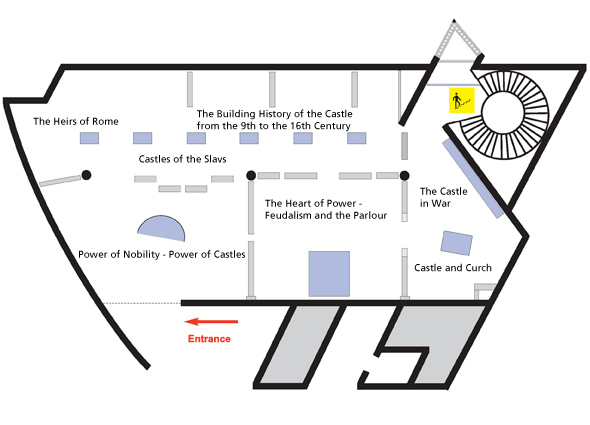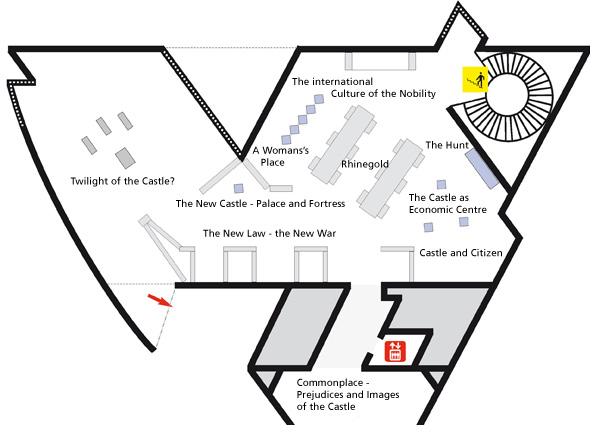



Mutual values and precepts born of the ideal of chivalry
helped to bond together the European nobility.
Honour in battle, dance and the hunt, games, poetry and trade
were all deemed to be befitting the social status of the nobles.
Public appearances were of great importance, above all
at the tournament, which had been transmuting since the
 11th century into an exclusive contest among the
entire aristocracy. Training in the use of arms evolved into
staged bouts with their own rules and specialized armour
and equipment. Besides the general melee and competitions
on foot an important part of the tournament was the joust
between two knights on horseback. This was carried out
by "jabbing" with a blunted lance or by "charging" with
a pointed lance. The aim was to overcome the opponent,
who then had to ransom himself and his armour.
The tournament usually took place at an urban marketplace;
there were also training fields near castles.
After around 1400 knights had to show they were entitled
to compete. Proof of noble ancestry served to separate
the gentry and patriciate from the higher aristocracy.
11th century into an exclusive contest among the
entire aristocracy. Training in the use of arms evolved into
staged bouts with their own rules and specialized armour
and equipment. Besides the general melee and competitions
on foot an important part of the tournament was the joust
between two knights on horseback. This was carried out
by "jabbing" with a blunted lance or by "charging" with
a pointed lance. The aim was to overcome the opponent,
who then had to ransom himself and his armour.
The tournament usually took place at an urban marketplace;
there were also training fields near castles.
After around 1400 knights had to show they were entitled
to compete. Proof of noble ancestry served to separate
the gentry and patriciate from the higher aristocracy.


